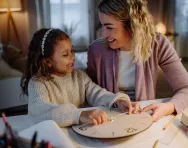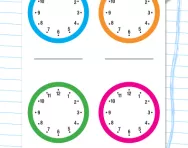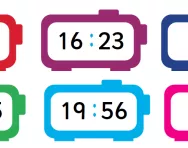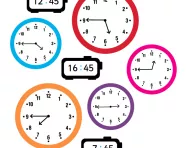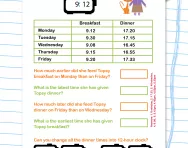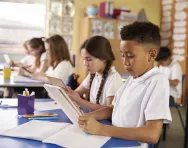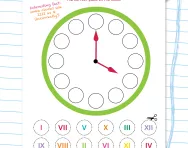TheSchoolRun.com closure date
As we informed you a few months ago, TheSchoolRun has had to make the difficult decision to close due to financial pressures and the company has now ceased trading. We had hoped to keep our content available through a partnership with another educational provider, but this provider has since withdrawn from the agreement.
As a result, we now have to permanently close TheSchoolRun.com. However, to give subscribers time to download any content they’d like to keep, we will keep the website open until 31st July 2025. After this date, the site will be taken down and there will be no further access to any resources. We strongly encourage you to download and save any resources you think you may want to use in the future.
In particular, we suggest downloading:
- Learning packs
- All the worksheets from the 11+ programme, if you are following this with your child
- Complete Learning Journey programmes (the packs below include all 40 worksheets for each programme)
You should already have received 16 primary school eBooks (worth £108.84) to download and keep. If you haven’t received these, please contact us at [email protected] before 31st July 2025, and we will send them to you.
We are very sorry that there is no way to continue offering access to resources and sincerely apologise for the inconvenience caused.
Teach your child to read a clock
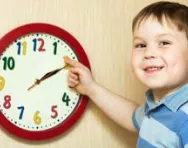
Reading a clock involves a transition from a general understanding that the middle of the day is lunchtime, or that the end of the day is bedtime, to actually reading a precise measurement of time on an analogue or digital clock.
Under the new 2014 curriculum, children in Year 1 need to learn to tell the time to the hour and half hour.
In Year 2 they will go on to learning to tell the time to the quarter hour and then to the nearest five minutes.
In Year 3 children start learning about the 24-hour clock, therefore at this point, they will start looking at digital time.
In Year 4, children need to convert the time between analogue and digital 12- and 24-hour clocks with confidence.
In Years 5 and 6 children solve problems involving converting between units of time.
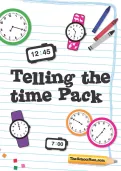
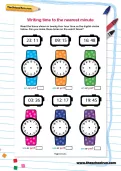
Teach your child to tell the time!
- Telling the time pack
- Step-by-step programme
- Worksheets and tutorials
For some children this may prove more of a challenge than for others, so make sure they grasp each concept before they move onto the more challenging ones. Ensuring that your child has plenty of practice and familiarity with clocks at home is a valuable way to support their time learning within school.
Estimating and predicting time
As your child becomes more familiar with the concept of time and is able to read an analogue clock, they will develop a more sophisticated response to time. Estimating or predicting time is a different skill to that of referring to precise times. However, it’s still something we do constantly and has even been imbibed into our cultural idioms, such as ‘wait a minute’ and ‘just a sec’. Using these expressions and other estimates of time will help your child to evaluate and judge a passage of time before it occurs, or approximate a length of time that has passed.
By asking questions, such as “How long does it take you to brush your teeth?” or “How long will it take you to get ready for school?” you are extending their estimating skills and consolidating your child's broader understanding and learning of time.
Practical ways to practise time-telling
- Try to be precise when you talk to your child about the time, and use time-telling vocabulary such as ‘minutes’ or ‘o’clock’.
- Make a clock with your child and decorate it with images of things which happen at particular times.
- Use toy clocks with moveable hands and play time games.
- Show your child other time-keeping devices, such as sand-timers and sun-dials.
- Ask them time-related questions involving reading the clock and estimating. This will keep them thinking about time.
- Try giving them a watch to wear; it will familiarise them with the clock face and encourage independent learning.
